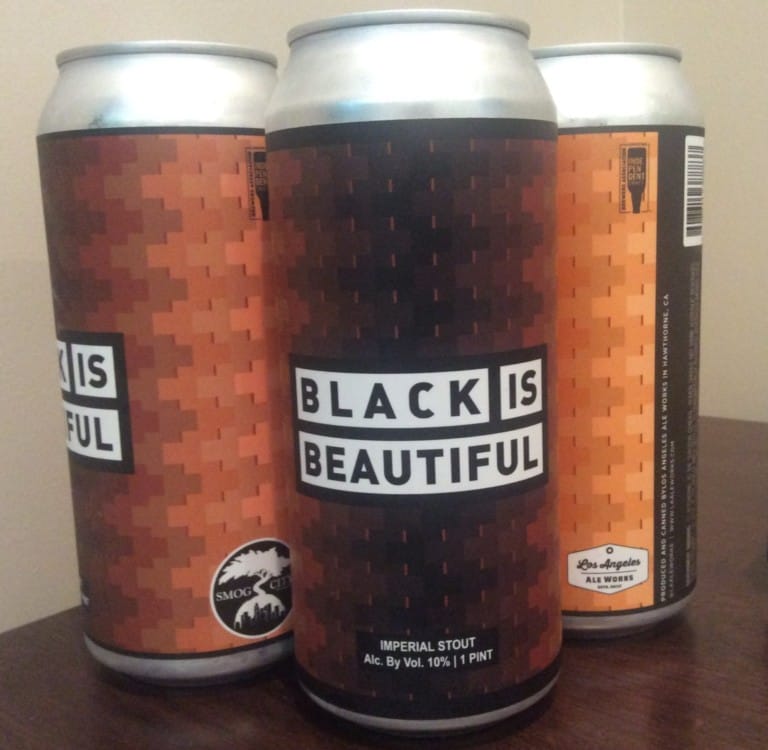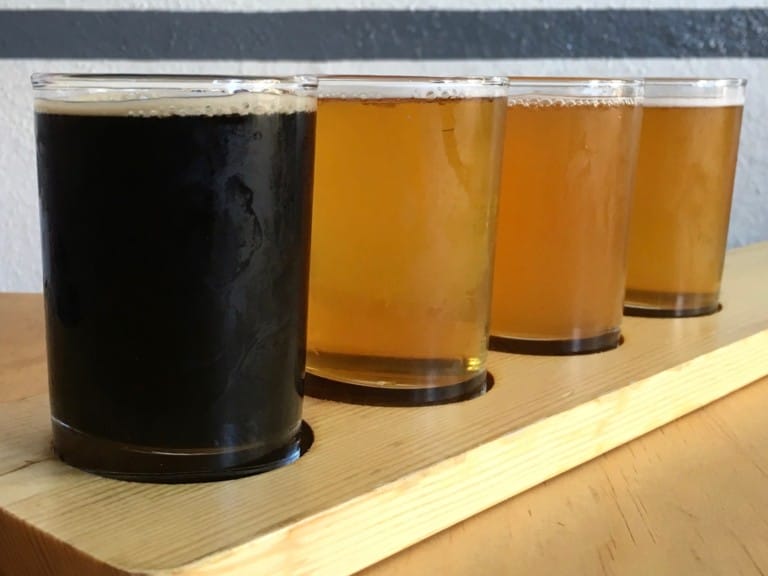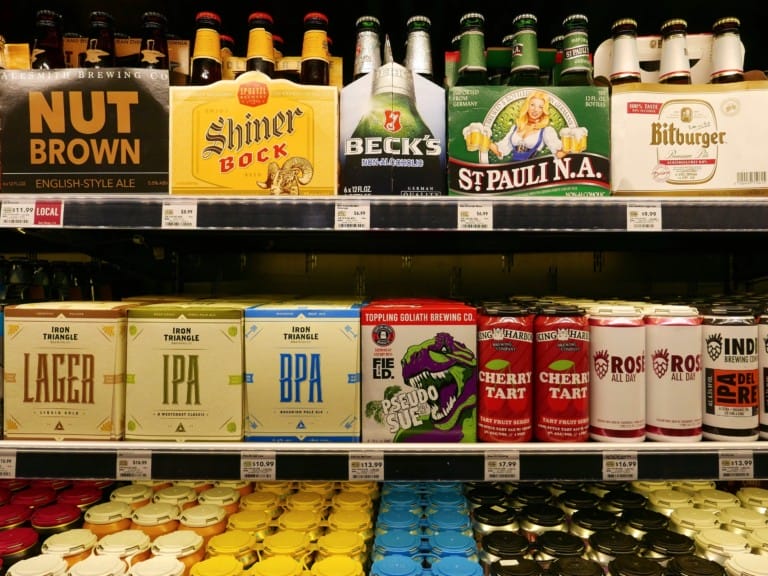Chimay is a revered Belgium brewery that dates to 1862, when Cistercian Trappist monks began producing beer and cheese to sustain the order, employ locals and generate money for their charitable foundations. For the past decade, brewmaster Dominique Denis has been entrusted with maintaining the consistent excellence of Chimay Red, White and Blue. On October 24, we met at the L.A. Beer Week Festival. He took a break from pouring Chimay in the Descanso Gardens rosarium to discuss his background and what differentiates Chimay from other breweries.
How did the opportunity at Chimay come about?
Father Thomas died, and he was in charge of the brewery. There were no more young monks to go on with the day-to-day business of the brewery. They decided to go out of the world of the abbey to find a person to brew the beer and manage the brewery.
How were you involved with beer up to that point?
I graduated from school in the foodstuff industry. I was an engineer for the foodstuff industry. I worked for different companies, and the last one before Chimay was a cider company.
Which one?
Stassen. It’s well known in Belgium, but I think here in America it’s not available.
What do you think differentiates Chimay from other breweries?
The difference is that the owners are the monks, so the philosophy they have is first work and prey. It’s ora et labora. It’s eight hours work, eight hours relax and sleep, and eight hours pray. That’s the philosophy of the monks, and they ask you to do the same…We are not working two shifts or three shifts, only one shift in the abbey. We are not allowed to work more than eight hours, so I always have to think about one shift…It’s not an industrial process. It’s more about the people. To the owners of the company, money is important because they have to give to pour people and charities. They are not asking for money to buy a second BMW.
Do you have any brewing mentors?
My mentor was Father Theodore. Unfortunately he died. That was the brewmaster after the second world war. After the war, he started the new brewery, because during the war, the German soldiers were in the abbey. All the copper, all the steel, all the metals were taken to Germany to make bombs and things like that. A new brewery was built after the world war. The brewmaster at that time was Father Theodore. That’s the mentor for me.
What’s the first beer that you ever brewed?
My first brew, I was 15 and that was at my parents’ home. I was so young. That was a kind of kind of tripel, a very light beer, balanced and hoppy.
What’s your first beer memory?
I remember that when I was 6 or 7, there was a farm. My grandmother was a farmer. At that time, it was during the harvest of the grass to feed the cows during the winter. You have a season just to cut the grass, to dry them and to store it in a huge building. During that time, it’s quite warm in Belgium, so you are thirsty. When you are young, at that time, no Coke or Sprite or Fanta was available in Belgium, so we used to drink beer, but a light table beer…My first souvenir was a very light beer, 1% alcohol. It was very dark, but not due to the malt, but due to the caramel. So it was sweet with a lot of caramel.
What’s the most recent beer that you developed and what was your approach?
The Chimay beers, the recipes are the same since the beginning, for one and a half centuries. I’m not paid to change them. I’m paid for the consistency and to keep it like this. To develop a new beer, we don’t have it, but we have the Blue, the Red and the White. Three beers, and the recipes are like this, don’t touch it. But we have another one, a light one that’s 4% alcohol and we brew it once a year for the monks. This year, I may apply different changes. So a little bit more hops this year, a little bit more spice for that.
What’s that beer called?
That’s called The Golden Cup. It’s not the Red cup or the Blue cup or the White cup. We have no color on it. That’s the color of the metal, in fact. It’s golden. It’s not gold, but it’s golden.
So only monks can drink that?
The monks and people working in the brewery.
Who are some other brewers that you respect in Belgium?
I think that the process we have, it’s a very old process, a very traditional process. The other Trappist breweries apply the same process. It’s very traditional. That’s all beer culture in Belgium. If you are too industrial, you lose something. I respect the other Trappist beers and the other Trappist brewers.
What types of beer do you drink when you’re not drinking your own beer?
I drink lager because it’s not possible to drink strong beer every time. Very light beers like wheat beer. I also like German beers because it’s dry. It’s hoppy, and I like also other Trappist beers like Orval or Westmalle.
If you could only drink one more glass of beer, what would it be, and why?
Only one? If I have to go on an island, I will go on this island with my own beer. I have a very small brewery at home and I have some hops in my garden. Every year, I have a small brew of one beer. It’s a tripel type, very hoppy with Belgian yeast. So that’s the beer I brew only for me, friends and family.









Blog Comments
Tweets that mention Food GPS » Blog Archive » Q&A with Chimay brewmaster Dominique Denis -- Topsy.com
October 29, 2009 at 3:55 AM
[…] This post was mentioned on Twitter by foodgps and Thirsty In LA, Steve Hales. Steve Hales said: Food GPS » Blog Archive » Q&A with Chimay brewmaster Dominique Denis http://bit.ly/21Ks58 […]